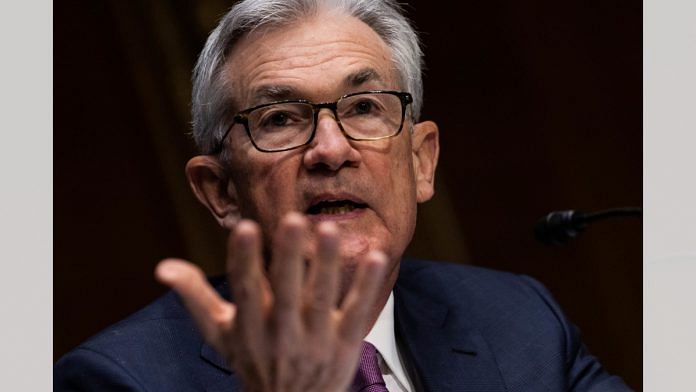The Federal Reserve’s statement on Wednesday delivered what markets wanted and expected. In the process, however, the central bank has fallen further behind economic developments on the ground.
After its two-day deliberations this week, the Federal Open Market Committee signaled that it would start a rate-hiking cycle soon (read March), follow that with a gradual reduction in its balance sheet and, by the way, end its asset-purchase program by early March.
Markets had already well internalized all three of these monetary policy measures, so there was relatively little reaction in asset prices to the statement. But this will not shield the Fed from criticism.
First, the market calm did not survive the press conference that followed the statement. Chair Jerome Powell’s attempts to explain the policy outlook led to a notable increase in yields on government bonds and reduced stock gains.
Second, the Fed’s announcement will not satisfy those who had urged it to maintain maximum flexibility in light of an economy that faces so many competing influences and markets that have experienced considerable volatility recently.
Third, it will also not satisfy those who worry that the Fed is already lagging behind economic realities and could well be forced into an excessive bunching of measures later this year that exposes economic livelihoods to otherwise-avoidable damage.
As to my reaction?
The Fed delivered what I expected but not what I think is needed for sustainable economic well-being. It should have stopped purchasing assets immediately and given a clearer signal on rate increases. Instead, the central bank doubled down on its 2021 trade-off of trying to please financial markets at the cost of increasing the challenges ahead for the economy, sound policy making and its own credibility. –Bloomberg
Also read: China warns foreign envoys attending Beijing Olympics opening of 21 days of possible quarantine






